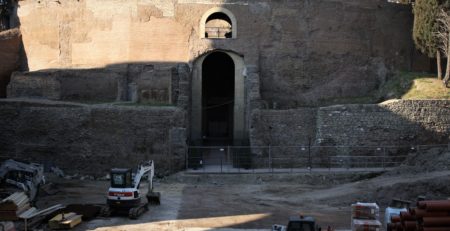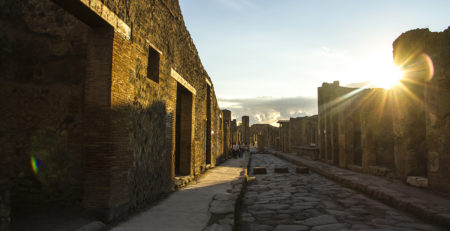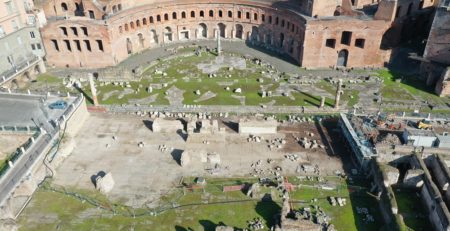The Great Beauty movie @ Rome
Sorrentino’s The Great Beauty achieved Oscar Glory at the Academy Awards 2014 by winning Best Foreign Film. As well as its larger than life characters, caricatures of today’s Roman high society, the true beauty of the film is Rome herself.
Italy’s Best Great Beauty Tour takes you on a sightseeing trip around the Italian capital, based on the most iconic movie locations of La Grande Bellezza.
Photos: Castel Sant Angelo, Palazzo Spada, Bramante’s Temple, Palazzo Braschi, Via Veneto, Through the Keyhole at the Knights of Malta, Saint Agnes in Agony @ Piazza Navona
Via Veneto
Via Vittorio Veneto is one of the most expensive streets in Rome. A mix of residential and high end shopping, Via Veneto is a central location in La Grande Bellezza. The road is no stranger to being included in iconic Italian films as it is home to the famous Café de Paris and Harry’s Bar featured in Federico Fellinis’ La Dolce Vita.
Villa del Priorato di Malta
The Villa del Priorato di Malta is on the Aventine Hill and is the home of the Grand Priory of the Sovereign Military Order of Malta. Originally a fortified Benedictine Monastery it passed to the Templars, and after the destruction of their order to the Knights Hospitaliers, the predecessors of the Order of Malta. The Villa is arguably best known for a keyhole of the arch-headed central portone, through which the dome of the Saint Peter’s can be viewed at the end of a garden allée framed in clipped cypresses.
Sant’Agnese in Agone
Sant’Agnese in Agone is a 17th century Baroque church which faces onto Piazza Navona, one of the most iconic urban spaces in Rome. The church is dedicated to Saint Agnes, who was martyred in the ancient Stadium of Domitian. The church was rebuilt in the baroque period and architects of the likes of Girolamo Rainaldi, his son Carlo, Francesco Borromini and Gianlorenzo Bernini collaborated on the project organised by Pope Innocent X.
Le Terme di Caracalla
The Baths of Caracalla are the second largest public Roman baths built between AD212 and 216 by the Emperor Caracalla. They remained In use until the 6th century when the complex was taken over by the Ostrogoths during he Gothic Wars and the hydraulic system was destroyed. Since then the Baths have remained as an architectural feature of Rome and a favoured tourist attraction.
Fontana dell’Acqua Paola
Possibly one of the most beautiful fountains in Rome, the Fontana dell’Aqua Paola was commissioned to Baroque architect Giovanni Fontana. The fountain is a terminal of the Trojan aqueduct. The fountain is located on the Gianicolo hill at the end of Via Garibaldi.
Palazzo Spada
Palazzo Spada today houses the Galleria Spada and is the meeting place of the Italian State Council. The building was first built for a cardinal from the North and later acquired by Cardinal Spada in 1632. He commissioned Baroque architect Francesco Borromini to restructure it for him and thus he created his masterpiece of forced perspective optical illusion; an arcaded courtyard which gives the illusion of being 37 metres long while in fact its only 8.
Il Tempietto di Bramante (Bramante’s Temple)
The Church of San Pietro in Montorio was built on the site of an earlier 9th-century church dedicated to Saint Peter on Rome’s Gianicolo hill, which according to tradition is the location of his crucifixion. Todays building was commissioned by Ferdinand and Isabella of Spain in 1472. The church is decorated with artworks by prominent 16th- and 17th-century masters from Sebastiano del Piombo to Michelangelo, and Vasari. In the centre lies the The Tempietto a small commemorative tomb build by Milanese Baroque architect Donato Bramante.
The film won Best Foreign Language Film at the 86th Academy Awards, as well as the Golden Globe and the BAFTA award in the same category. It was produced by Italian Medusa Film and the movie grossed over $24 million worldwide.












